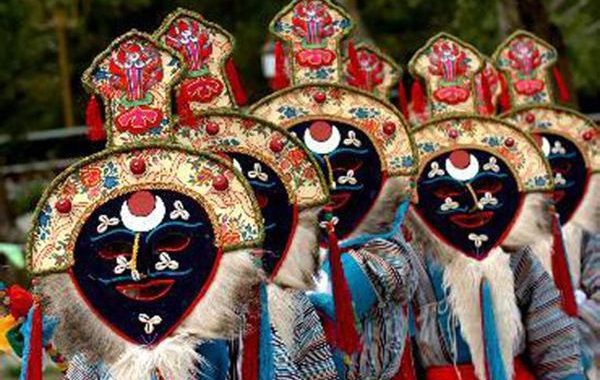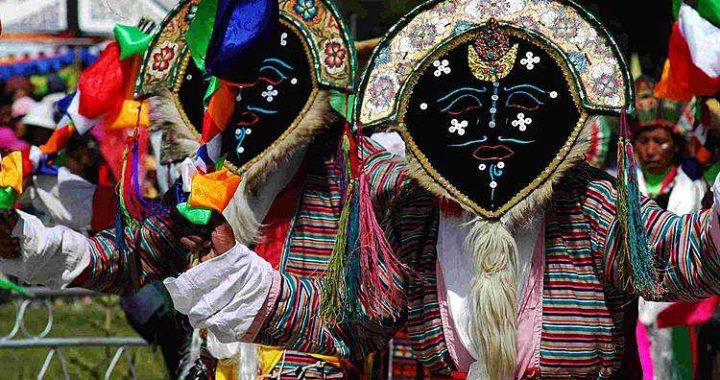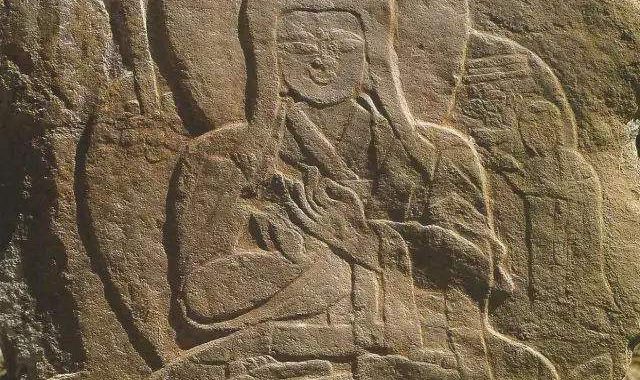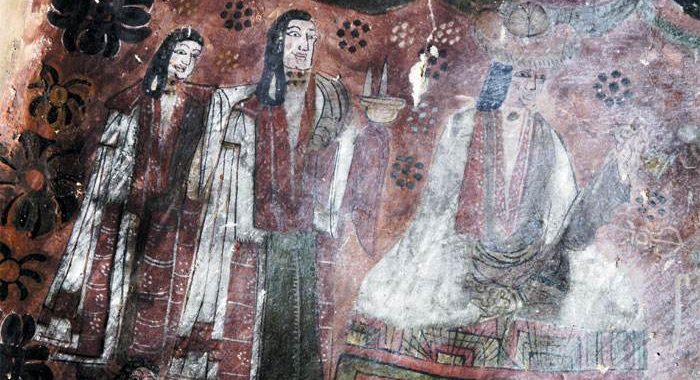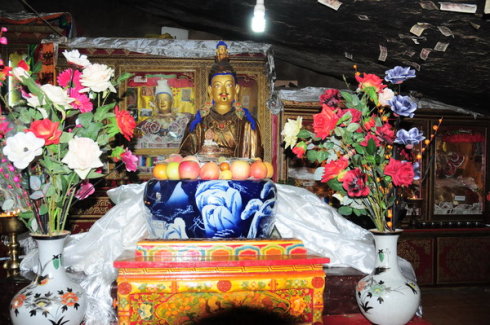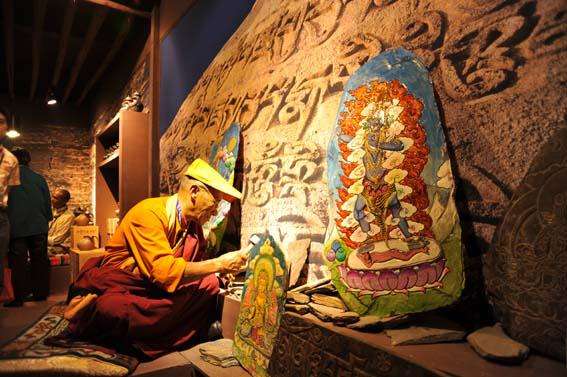Tibet’s Three Rivers Project
5 min readAll people in Tibet know the “Three River”Project. This is a comprehensive agricultural transformation project underway in the 1990s involving one billion Yuan in State investment. The “Three River”region refers to the middle reaches of the Yarlung Zangbo and its tributary the Nyang Qu, and the middle reaches of the Lhasa River. This region bounds Nyingchi Prefecture in the east, Ngari in the west, the boundary line in the south, and Nagqu in the north. It has jurisdiction over 18 cities and counties including, Chengguan District, Dage, Lhunzhub, Maizhokunggar, Doilungdeqen, Quxu and Nyemo in Lhasa; Konggar, Chantang, Qonggyai, Nedong and Sangri in Shannan Prefecture; Xigaze City in Xigaze Prefecture, Gyantse, Bainang, Lhatse, Namling and Xaitongmoin. This covers 231 towns and 1,890 villages, with a total population of 798,600, or 36.37 percent of the total population of Tibet. It is Tibet’s “hinterland”and the major grain production region. The “Three River”project, through comprehensive development, aims to make this region intoa commodity grain base,a base of livestock products, vegetables and non-staple foods,a base for the light textile and handicraft industry, and a base of technology demonstration.
More than 220 projects have been launched.
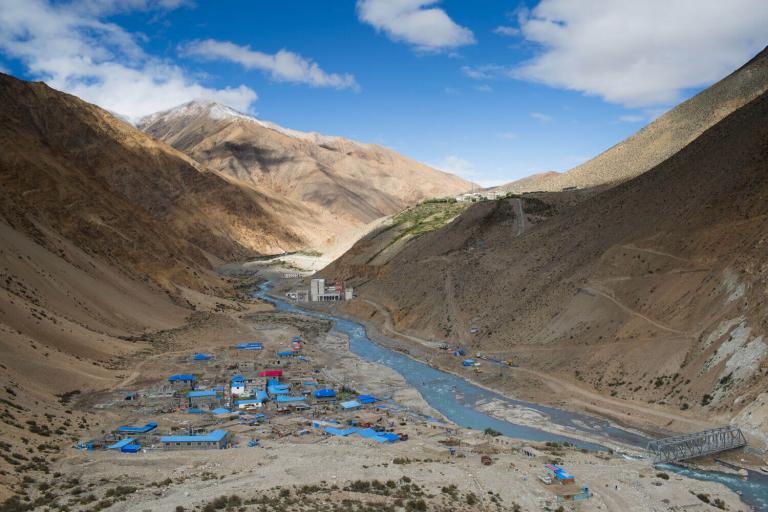
Water conservancy projects involved newly built waterways along with expansion of 36 main canals, with a total length of 811 km;12 reservoirs with storage capacity of 460 million cubic meters, six newly built pumping stations, four flood control projects, and three drinking water projects for people and livestock. This has irrigated 68,666.66 hectares of cropland, and 24,200 hectares of forest and grassland.
In the planting industry, work has transformed 82,533.33 hectares of medium and low-yield fields, brought 6,666.67 hectares of farmland under cultivation, including high and stable yield fields of 31,333.33 hectares, and developed a fine seed breeding base of 4,666.67 hectares. Meanwhile,10 grain and oil production bases have been built respectively in Nedong, Konggar, Lhunzhub, Maizhokunggar, Doilungdeqen, Quxu, Gyantse, Bainang, Lhatse County and Xigaze City; and 178.6 hectares of vegetable production base in three prefecture-level cities such as Shannan, Xigaze and Lhasa.
Animal husbandry has seen artificial cultivation of 15,533.33 hectares ofgrasland, improved natural grassland of 60,000 hectares, and development of a seed breeding base of 433.33 hectares, five yak variety breeding bases, seven cattle improvement bases, and four pig and chicken farms.
A forest area of 62,000 hectares has been cultivated, three nursery gardens have been built in the centers of prefecture-level cities, seedlings are being grown on 243.13 hectares, and four major shelterbelt networks have been built along the middle and lower reaches of Yarlung Zangbo, Nyang Qu and Lhasa rivers.
In the energy, there are five newly built county-level hydropower stations with installed capacity of 10,400 kW, five off-net county-level main transformer power grids have been built and 50,000 solar cookers put into use.
In the traffic sector, the Zetang and Donggar bridges have been constructed across the Yarlung Zangbo River, and rural roads totaling 1,000 km have been completed.

The region has established 14 pilot demonstration areas, popularized 28 practical technologies through experiments, newly built, expanded and renovated 21 county-level stations for popularizing agricultural techniques,22 animal husbandry and veterinary medicine, grassland stations,20 forestry work stations, and conducted technical training of 500,000 person-times.
We re-visited the “Three River”region one day not so long ago. Amazing changes are there to see. We set out form Zetang and reached Chongor Township of Qonggyai County after passing by the Tombs of Tibetan Kings.One 47-meter-high dam cuts the Chongor Gully into two halves. The mighty and valiant style adds modern atmosphere of the ancient land. This is the largest reservoir Chongor Reservoir in the”Three River”region.
Being 420-meters long and 40-meters high Chongor Reservoir has a 90-meter long service bridge and a 233-meters long spillway. Storage capacityis 11.58million cubic meters, and it can irrigate 4,333.33 hectares of arable land. This benefits Qonggyai and Nedong counties, seven towns, and 20 administrative villages, with more than 20,000 people. Through this reservoir, the average yield per hectare has been improved from 2,250 kg to 5,250 kg, and local food shortage problems have been solved.
Locals told us that before liberation, farmers of Qonggyai often fought for water. To maintain order, local officials ordered to a close watch and patrols. If any person stole the water and made it flow out for a distance of one bow, he would have to hand over butter weighing 0.5 kg. During the spring ploughing season, the reservoir will draw off the water. Under the sunlight, the water in the canal joyfully flows into the land of qingke barley, beans and wheat.
Karga Village in Xaitongmoin County of Xigaze is a village of 800 people.Outsiders call the villagers “Karga”, which means the “yellow men”because their teeth and bones are yellow. In fact, Karga people drank the hot springwater containing fluoride for a long time. This led to the yellow teeth, and also deformed bones. The necks of the sick were so stiff that they could not bemoved. If called from behind, the sick person would have to turn a 180-degree to see who it as. If an aircraft flew over, he would have to lie on the ground to see it.Fluorinated water resulted in low trees and low drop yields, and even birds were deformed. The living conditions were too harsh, and no people paid attention to their pains and their appeals to change the drinking water conditions in the past. After the democratic reform, Beijing dispatched experts and provided drug treatment. But the problem was not solved completely.
The first phase of “Three River”project involved providing drinking water for the people and livestock of Karga Village, Xaitongmoin County. The People’s Government of Xaitongmoin County dug a deep well, built a water tower, and then built a 2.5 km pipeline to transport unpolluted water. With investment of920,000 Yuan, the project is life saving. Since then, with clean water, villager’teeth have become white and their bones gradually become normal. When they achieved good grain harvests after transforming the low-yield fields, they were overjoyed.
Shannan Prefecture does best in afforestation. Set out from Lhasa by car, pass by the Quxu Bridge, move eastwards along the south bank of the Yarlung Zangbo River, and drive towards Zetang of Shannan Prefecture…. In May, the plateau, the sky, the water and the wind are all blue. However, the green forest belt is more impressive and exciting.
Driving along the edge of the 150 km-long and 0.7 km-wide artificial shelter forest, people can enjoy endless greenery and a flood plain of 6,666.67hectares where poplar trees grow. There are more than eight varieties of poplar trees including Populus beijingensis, Populus bolleana Lauche, and Tibetan Cathay poplar.
Most of them were introduced from elsewhere. After more than a decade of growth, seedlings have become tall trees. All varieties of willow trees, including the rose willow and weeping willow, stand near the roads. As the “facade”of forest belt, they highlight the local characteristics. There is nother variety of willow called “beheaded willow”. Every spring, local people will cut off the willow heads as firewood, and fresh growth will appear the following year. These branches are thick and short, their stubborn regenerative capacity meeting the firewood needs of local people.
The “Three River”project changes the mode of agricultural and animal husbandry production, and also changes people’s spiritual world, scientific farming, full self-reliance, and pursuit of a new life.



